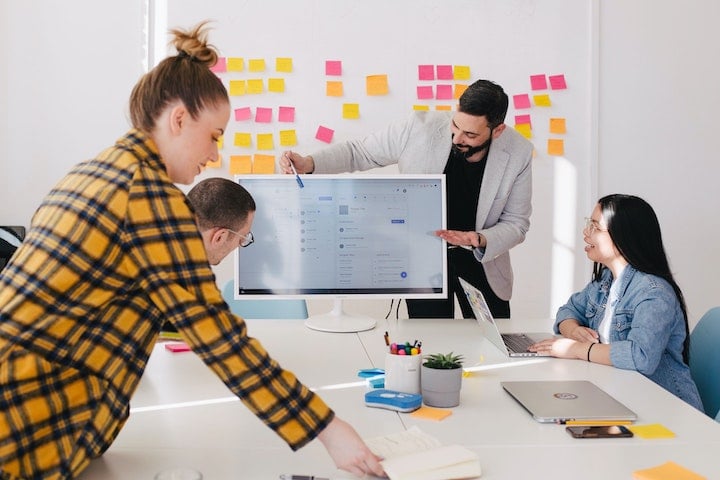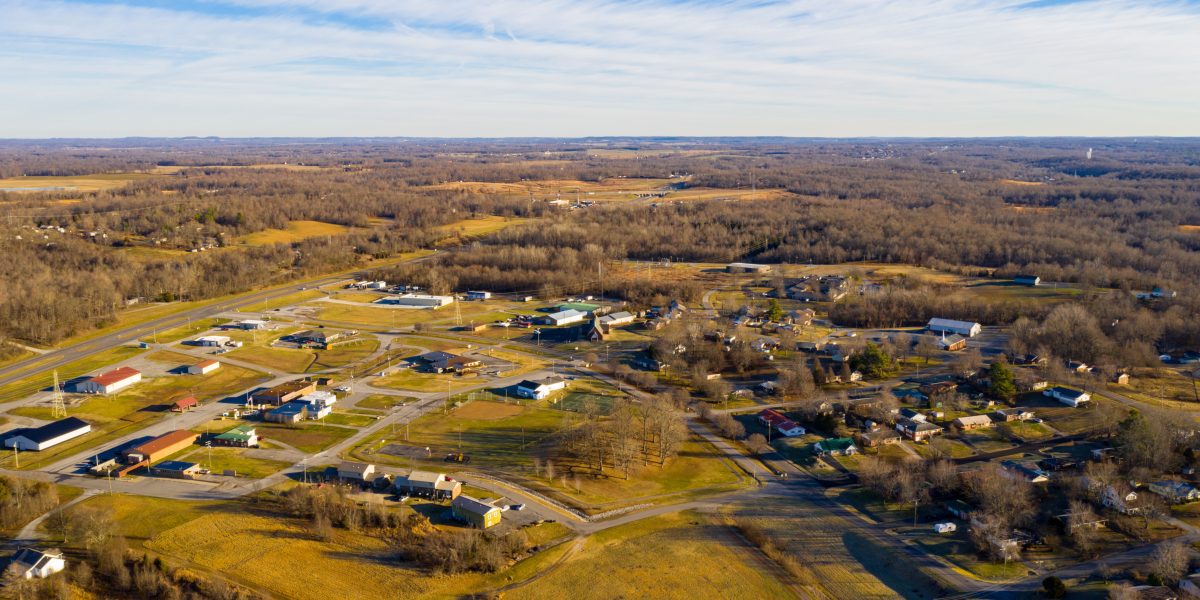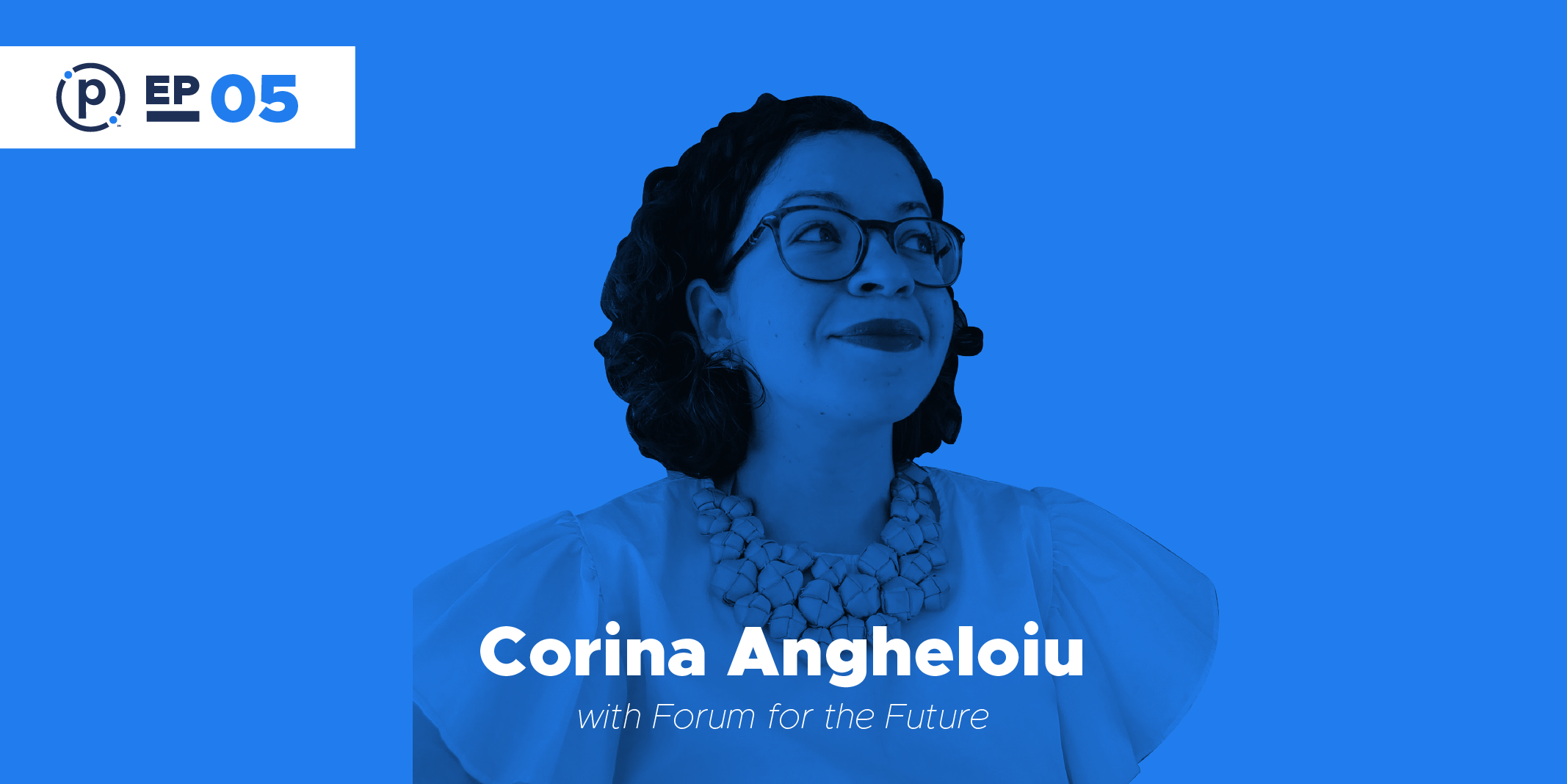Principles of effective time-bound learning experiences

Most of us have participated in some kind of online learning experience. Maybe it was a grad school class or training for work. Maybe it was a group fitness challenge on social media or a discussion forum about rebuilding vintage cars. Maybe it was a simple Google search that opened up a wormhole into the history of the popsicle.
When we expand our definition of online learning beyond a traditional course, we open up possibilities for new kinds of meaningful experiences that can transform our thinking and our practice. This is especially true when we design and facilitate these experiences within a Community of Practice. Participants can learn with and from one another and construct new meaning together through experience, rather than consuming static content disconnected from their everyday lives.
At Participate, we’ve been experimenting with different kinds of community learning, particularly time-bound experiences.
Time-bound learning experiences are intensive but manageable bursts of learning that utilize blended-learning approaches to help participants reach specific learning objectives while encouraging engagement and a sense of belonging to a group of individuals with a shared interest or passion. Some examples of time-bound learning experiences include:
- A three-week design clinic around the Sustainable Development Goals.
- A 10-week virtual exchange fellowship focused on building empathy across cultures.
- A month-long “teacher summer camp” with a weekly menu of activities, discussions and challenges.
Effective time-bound learning experiences embody the principles of learning that drive our work:
We learn best when we talk to one another.
Time-bound learning experiences must be community-based and actively facilitated. Learners need opportunities and support to interact with one another. In Participate Communities of Practice, courses are structured around formative feedback and there is continuous communication between facilitators and participants. Facilitators aren’t necessarily experts – their role is to guide participants in exploratory learning and often learn alongside community members.
We learn best when we use what we learn.
Change and growth occur when we apply what we read and learn in our daily practice, try out new strategies and reflect on their impact. Challenge learners to actively incorporate their learning into their everyday practice and intentionally measure impact on student learning. The most impactful experiences help a learner to solve a problem or do something that matters to them.
We learn best when we can choose our pathways.
Time-bound learning experiences should have multiple entry points and provide a variety of ways to engage and learn, including synchronous and asynchronous activities. Flexible interactions allow learners to apply new knowledge in their own ways. When learners have autonomy in their learning methods, they’re more likely to retain and apply the knowledge they acquire.
We learn best when we take our time.
Effective time-bound learning experiences encourage learning beyond the experience itself. Sustained, ongoing learning options allow for flexibility and choice, making learning valuable and relevant to everyone who engages. One-and-done professional learning opportunities don’t always transform practice or encourage deeper learning. Create a “what’s next” plan for how learners can stay engaged in a community after a specific learning experience.
When done well, time-bound learning experiences nurture learner autonomy, make experiences relevant and encourage learners to incorporate new knowledge into existing practices.
To learn more about designing time-bound learning experiences for your district or organization, click here to download our ebook on Leveraging Learner Instincts to Build More Effective PD.


